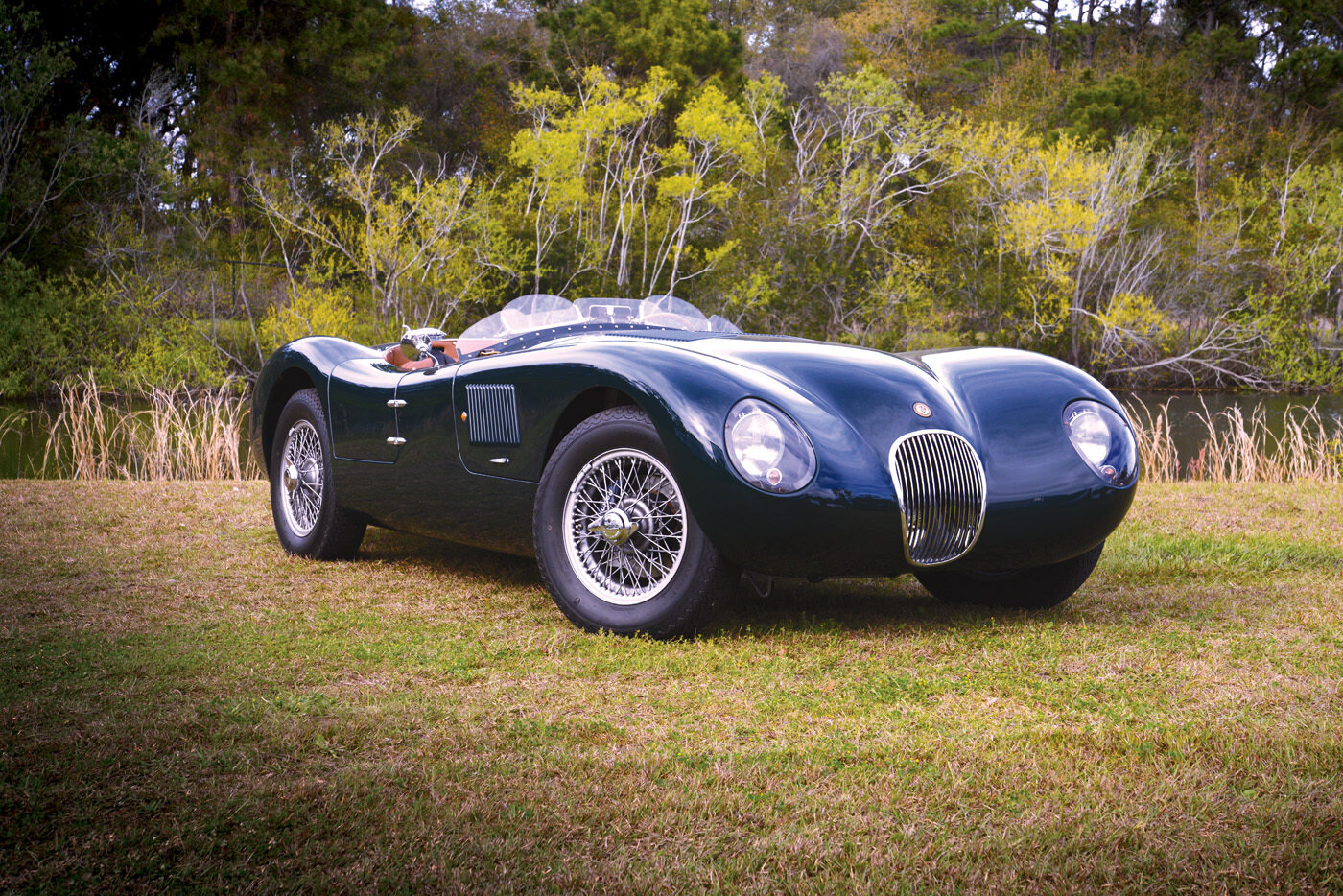
Sleek Cat
By Steve Temple
Photos by Dean Larson and Lawrence Baxter
Not all aluminum bodies are created equal. Some are beaten out by hand and others shaped with power tools. One of the latest approaches is the Superform process. Only two plants in the world exist, and the one Proteus uses is in Worcester, England. That’s a fitting name for the company, by the way, as it’s related to being malleable.
Superform is now part of the USA Luxfer Group, and it provides a process that is used by the aircraft and aerospace industries among others, along with Ferrari, Morgan and other fine car makers. This process of hot-metal shaping uses similar principles to thermoforming plastics, where a sheet of material is heated and forced onto a male or female form using gas pressure. The technique is useful for producing complex surfaces in low volume, allowing for a meticulous body fit and finish.
Once formed, the panels are fitted with laser technology for a snug fit. The body panels and 42 inner laser-cut panels are all then TIG welded together and laser measured for precise fitment.
Proteus employs this buildup process to the C-type, whereas Lynx builds its models entirely by hand. Shown here is the Proteus reproduction of the C-Type Jaguar (owned by Lawrence Baxter, the exclusive North American agent for Proteus and Lynx). This legendary race car — the “C” stands for competition — was sold from 1951 to ’53. Based on the Jaguar XK120 but employing a lightweight tubular frame, only 53 were ever built, and it won at Le Mans twice.
Models in the Lynx lineup are recreations of the Jaguar XKSS, D-type and Lightweight E-type, and concours-level restorations of Flat Floor E-types (we plan to cover these other models in upcoming issues). Either right- or left-hand-drive versions are available, but on the Lynx D-Type, due to the placement of the racing dorsal fin on the rear deck, right-hand drive is preferred by the manufacturer.
Lynx also builds what’s called a “tool room” copy of the C-Type, meaning that it is a near-perfect copy of the originals, thus commanding a much higher price (call for quote, allowing for currency fluctuations and various customer configurations). The Lynx C-Types are highly desirable for very serious collectors, and require many more hours of handcrafting to complete, since they do not use the Superform shaping process.
On the other hand, the Proteus C-Type is more comfortable and accessible, since it’s slightly wider (by 2 inches) and enhances the original design with some upgrades and more modern components. These include a strengthened chassis, a harder alloy for the body, a better steering rack, improved drivetrain, and contemporary mechanical and electrical accessories. It also commands a more affordable price in the six-figure range. For Jaguar enthusiasts and collectors, that’s a reasonable expense to relive a significant piece of history that’s been brought forward to provide an enjoyable and reliable driving experience.

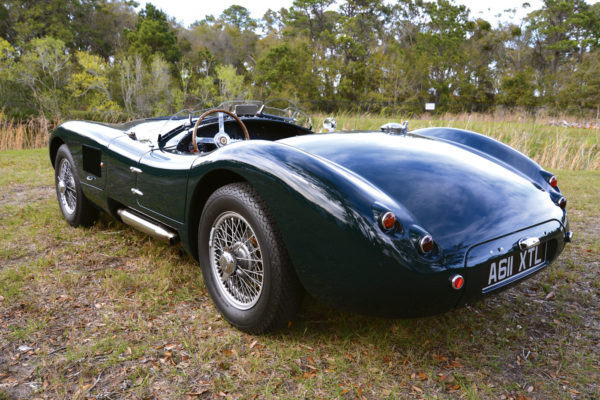
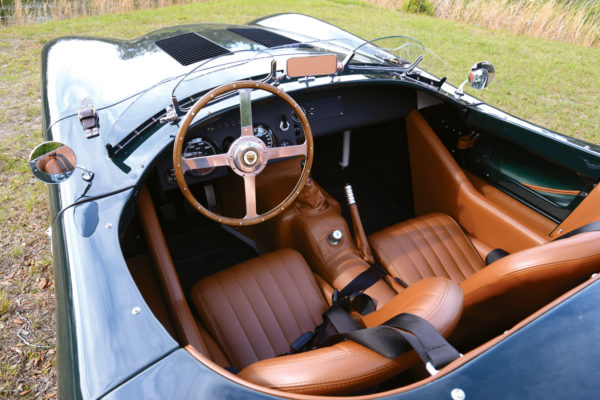
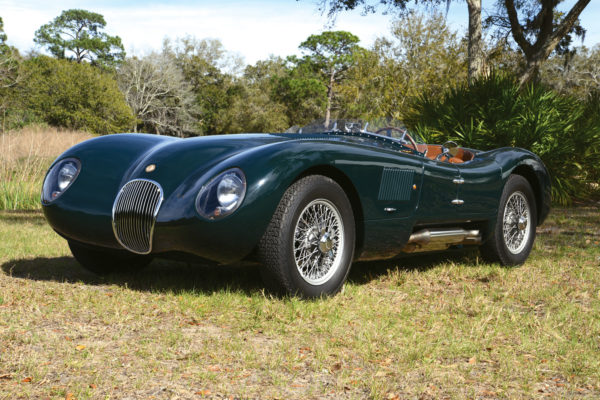
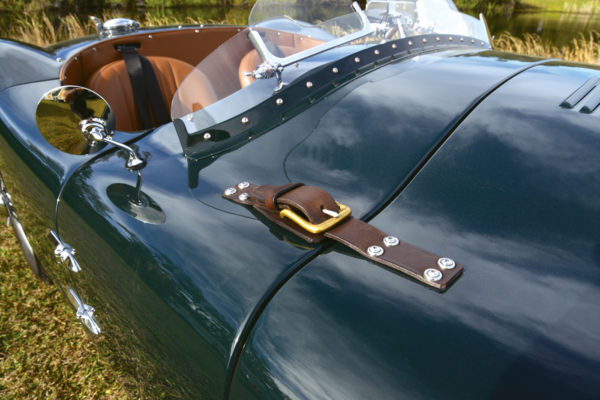
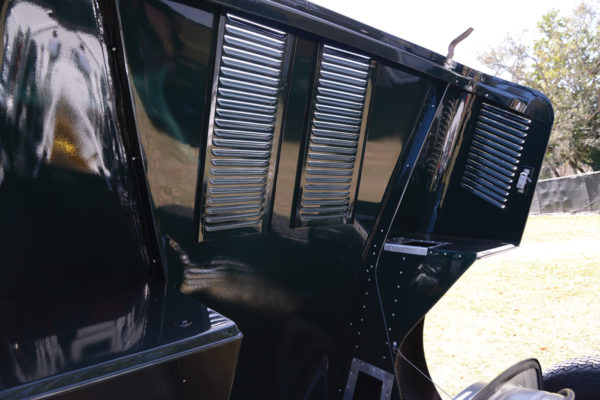
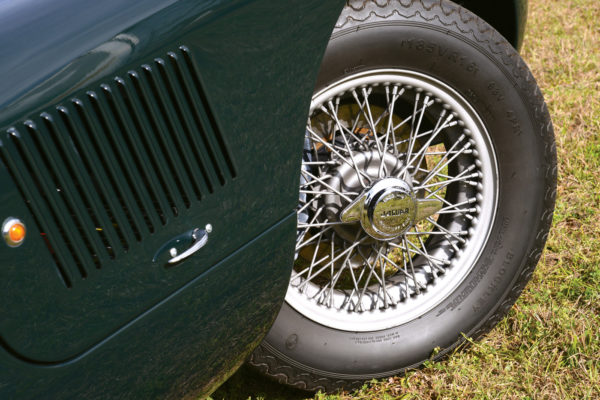
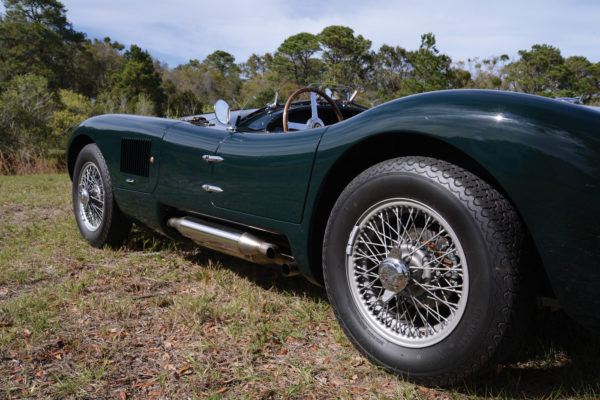
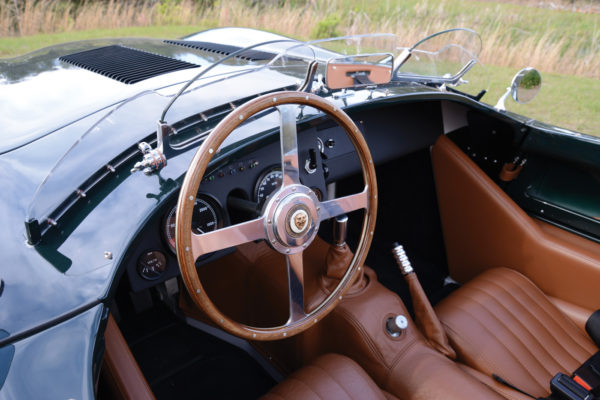
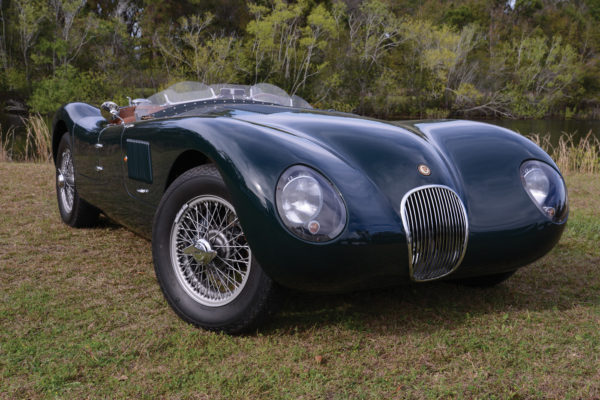
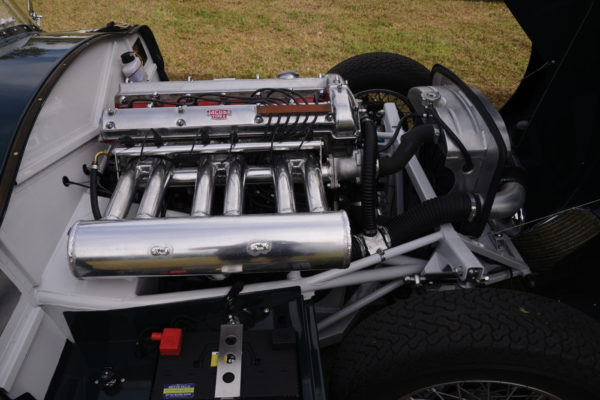
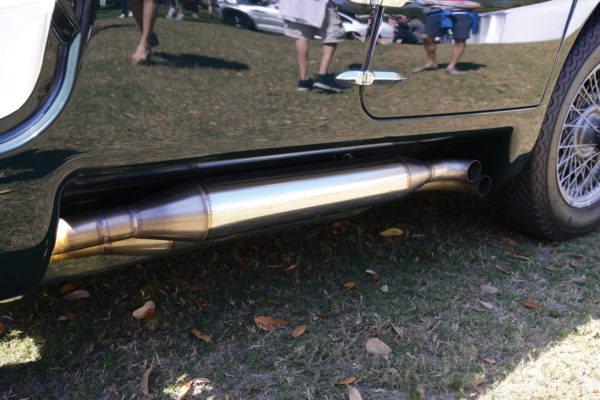
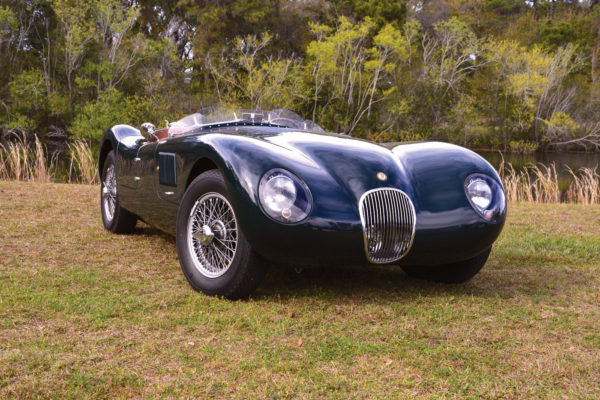
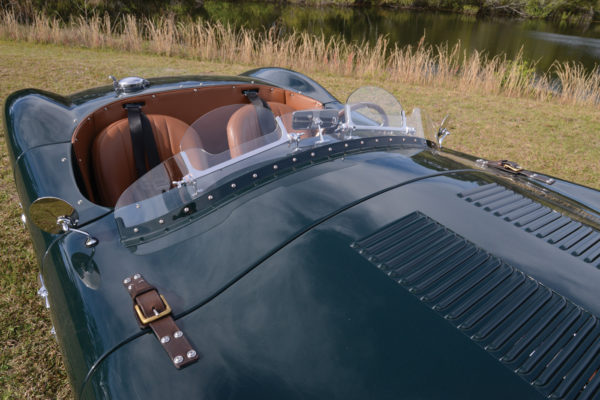
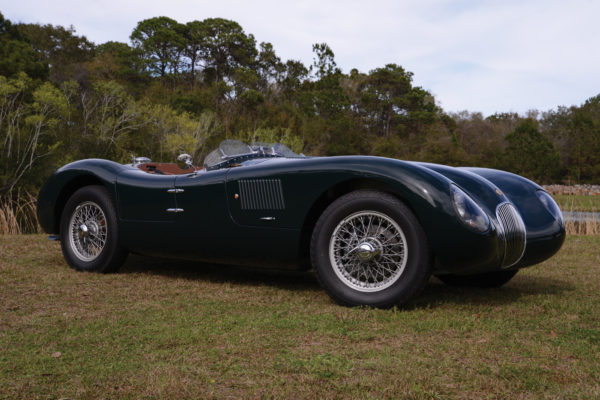
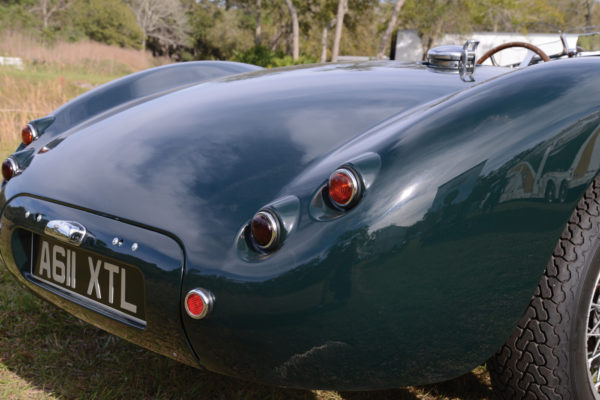
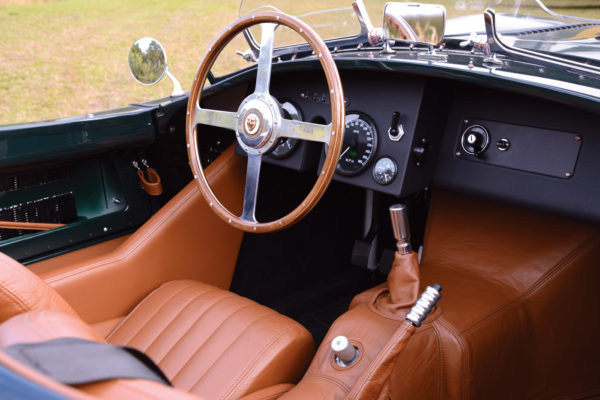
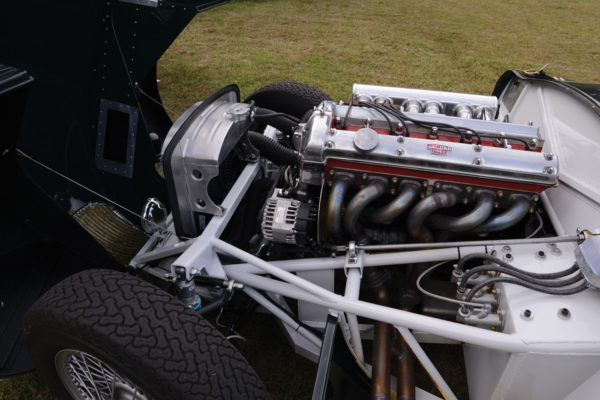
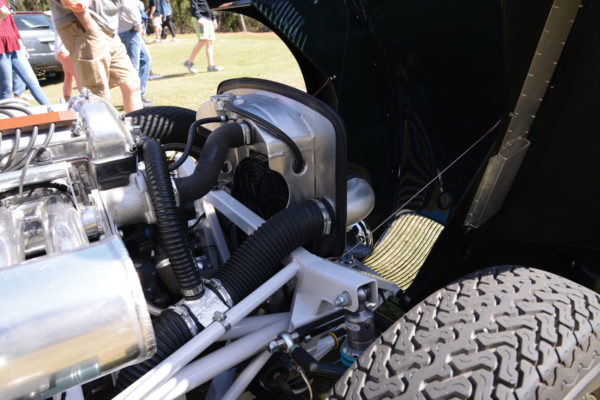
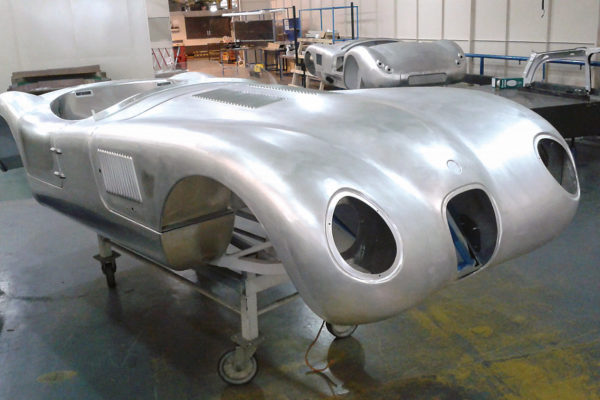
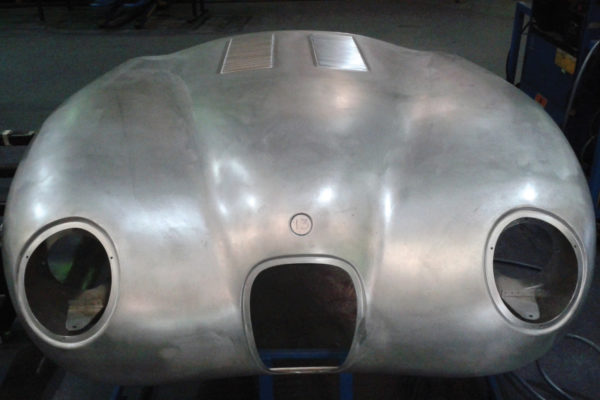
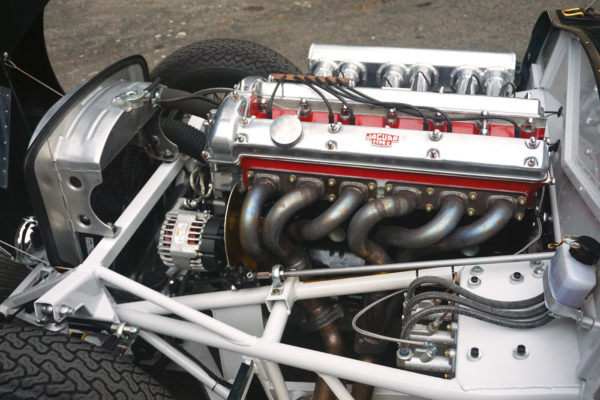
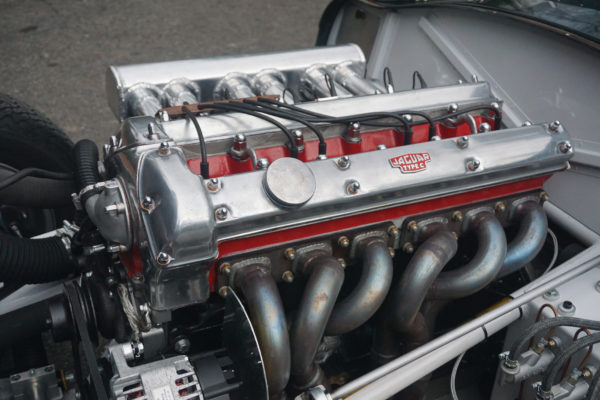
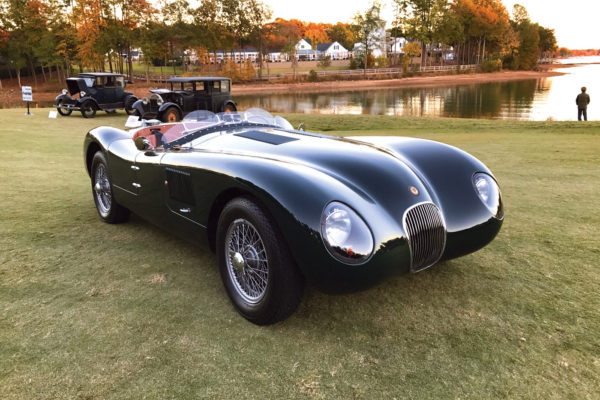
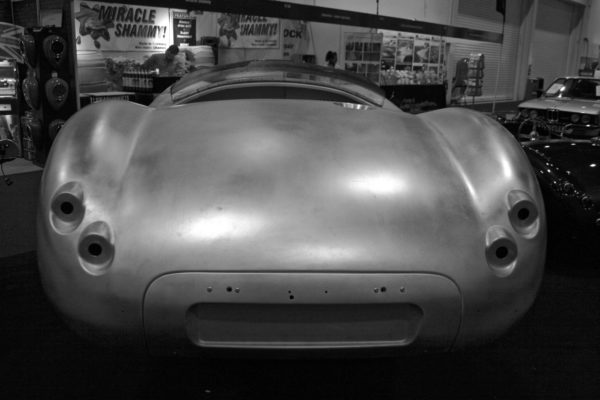
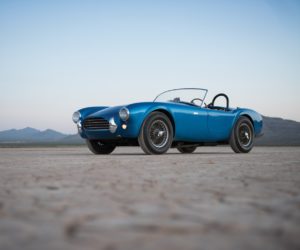

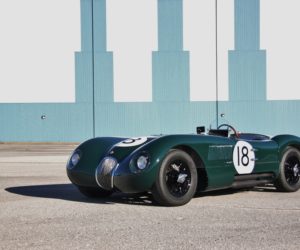
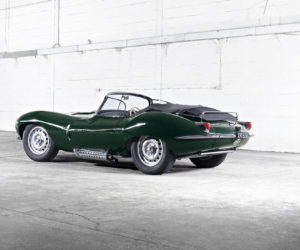
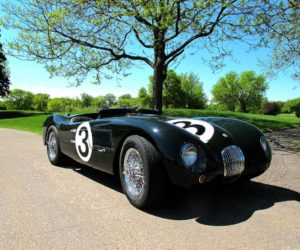
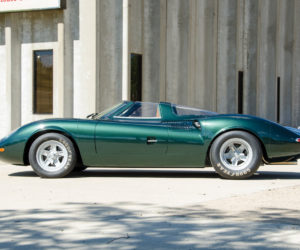




Comments for: Sleek Cat
comments powered by Disqus